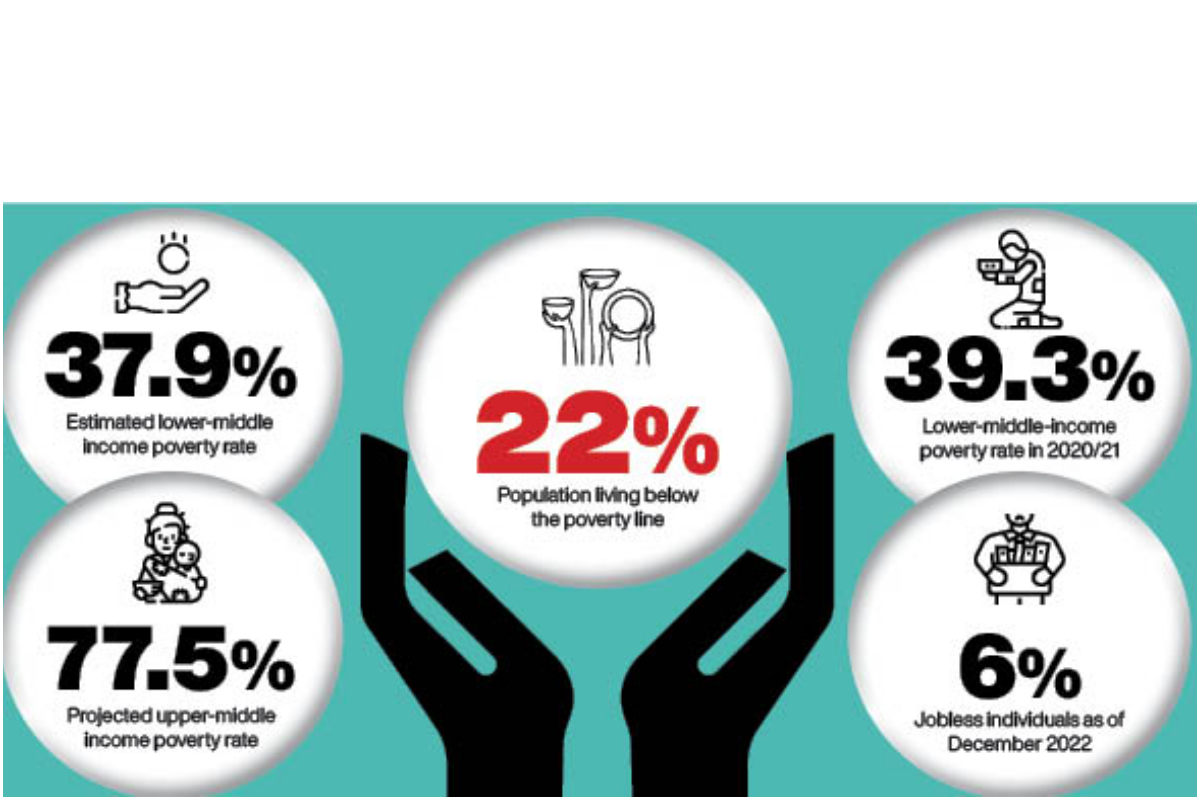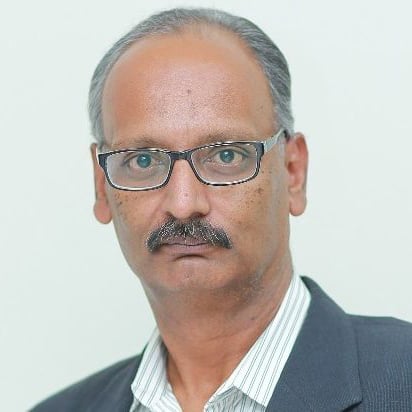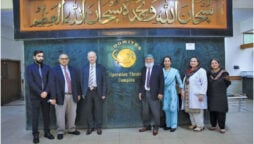
Appearances Can Be Deceiving
Unemployment and poverty are interlinked, as with joblessness comes a loss of income and many families are left with insufficient earnings to meet their expenditures. There are many variables in an economy that can create poverty and unemployment is one of the most common causes.
Unemployment in Pakistan has become a serious issue with the total number of jobless individuals reaching 6 per cent as of December 2022.
The loss of income can lead to indebtedness from borrowing money to support one’s requirements, use of savings or even to homelessness and malnutrition if the individuals are unable to find other sources to finance their expenses.
In the current economic crisis, the people tend to use their savings to cover the living costs, which ultimately reduces their reserves kept for emergency purposes and creates negative long-term effects.
The current levels of unemployment increases the chances of poverty in the future. With the unemployment shocks such as this, individuals remain in a poverty cycle.
With a rise in unemployment, there is a likelihood that a number of children drop out of school and start working. Without getting the basic education, the people get lower levels of human capital, which leads to an unhealthy working environment and tends to create generational poverty.
Similarly, unemployment also gave rise to criminal activities. Cities and towns with high levels of unemployment, especially youth unemployment, witnessed higher levels of crime.
When adults of a family remain unable to feed their children they might turn to criminal activities. With the spread of criminal activities the political instability of a country grows.
The authorities should focus on improving the quality education and impart training and awareness to all the young people so that they continue their schooling.
More should also be done to provide job protections, which can help decrease the chance of crime in the future. The government will face a tough time in sustaining the poverty level on the back of higher fuel prices, the rupee depreciation and an increase in the electricity and gas tariffs on regular intervals.
The latest poverty headcount based on the 2018/19 Household Economic Survey showed around 22 per cent of the estimated 227.9 million population is already living below the poverty line.
The governments in Pakistan officially use CBN method to estimate the number of poor living below the poverty line.
Between 2010/11 and 2018/19, the ratio of poverty also showed a declining trend both in urban and rural areas, as poverty declined to 21.9 per cent in 2018/19 from 36.8 per cent in 2010/11.
Meanwhile, the World Bank has estimated that poverty in Pakistan has increased to 5.4 per cent in 2020 from 4.4 per cent, as over two million people fell below the poverty line.
Using the lower-middle-income poverty rate, it estimated that the poverty ratio in Pakistan stood at 39.3 per cent in 2020/21 and is expected to remain at 39.2 per cent in 2021/22, which might come down to 37.9 per cent by 2022/23.
Moreover, by using the upper-middle income poverty rate, the global financial institution estimated that the poverty stood at 78.4 per cent in 2020/21 and would be standing at 78.3 per cent in 2021/22, while it is projected to come down to 77.5 per cent in 2022/23. According to the World Bank, 40 per cent of the households suffered from moderate to severe food insecurity in Pakistan.
Pakistan’s economy has slowed down over the last two decades. The annual per capita growth has averaged only 2 per cent, less than half of the South Asian average, partly due to inconsistent macroeconomic policies and an under-reliance on investment and exports to drive economic growth.
The public debt will remain elevated in the medium-term, as well as Pakistan’s exposure to debt-related shocks, the World Bank noted.
Since 2017, the World Bank has been reporting poverty rates for all the countries using two new international poverty lines, a lower middle-income international poverty line, set at $3.20/day, and an upper middle-income international poverty line, set at $5.50/day.
Poverty reduction, one of the major sustainable development goals put forth by the United Nations in 2015, calls for Pakistan to take measures for lessening the problems of the poor and bring it down to half (12 per cent) from the existing 24.3 per cent.
But the recent hike in inflation has put brakes to the efforts needed to improve the condition of the poor, rather denting their already crippled lives. The wrong and inefficient policies of the successive governments played havoc with the lives of the poor.
The official statistics have shown that in early 2000, Pakistan saw low poverty rates because the economy was growing at a significant pace, whereas after 2006, the GDP growth started to go down, resulting in an increase in the number of poor in the country.
Various surveys and studies conducted by different institutions indicate that Pakistan headcount index has consistently declined in the last two decades to 22.5 per cent in 2018/19 from 50.4 per cent in 2005/06.
The Pakistan Institute of Development Economics (PIDE) in its magazine in 2021 measured poverty by different methods to evaluate the impact of different models on poverty alleviation like the Social Action Programme (SAP) in the 1990s and the different micro-financing schemes.
The official poverty rates have been estimated using the HIES surveys conducted by the Pakistan Bureau of Statistics.
Looking at the rural and urban categorisation of poverty estimates, it was found out that the rural poverty is significantly higher than urban. The reason for these higher poverty figures against the rural areas could be a greater percentage of people, especially poor concentration in the rural areas, where they usually do not have access to health, education and employment opportunities.
Poverty alleviation by 2030 is the main goal of the UN’s sustainable development goals; therefore, the identification of the poor and the evaluation of the extent of poverty have received considerable attention in the design of cost-effective poverty reduction programmes and safety nets.
The degree of poverty should be estimated to assess the budgetary needs and implications of safety nets and to evaluate these programmes.
A World Bank’s Poverty Outlook on Pakistan report showed that around 39.2 per cent of the population is living below the lower-middle income poverty line, compared with 35.7 per cent in the fiscal year 2019/20.
The outlook also warns that there could be two million more people who might fall below the poverty line, including 40 per cent of the households suffering food insecurity in Pakistan.
The Planning Commission’s Annual Plan 2021/22 has also warned that after incorporating the impact of the Covid-19 pandemic, there could be 25.4 per cent people below the poverty line using the 2018/19 household income and expenditure survey.
The rise in poverty in Pakistan will undoubtedly impact the abilities of the common man to invest in health, education and essential social services and failure to overcome these challenges would put Pakistan’s efforts toward achieving Sustainable Development Goals at risk.
According to estimates, Pakistan’s economy is expected to grow by only 2 per cent in the current fiscal year ending June 2023.
According to the World Bank’s October 2022 “Pakistan Development Update: Inflation and the Poor”, the slower growth will reflect damages and disruptions caused by the catastrophic floods, a tight monetary stance, high inflation and a less conducive global environment.
The recovery will be gradual, with the real GDP growth projected to reach 3.2 per cent in the fiscal year 2024.
Poverty in the hardest-hit regions is likely to worsen, owing to last year’s flashfloods.
Preliminary estimates suggest that — without relief and recovery efforts to help the poor — the national poverty rate may increase 2.5 to 4 percentage points in FY23, pushing between 5.8 and 9 million more people into poverty.
The macroeconomic risks also remain high, as Pakistan faces challenges associated with a large current account deficit, high public debt and lower demand from its traditional export markets, amid subdued global growth.
There is a need to take effective measures to make significant progress towards poverty alleviation by generating employment opportunities, especially for the underserved segment of the society. We also have to change our perspective and think for a long-term solution to this menace.
Catch all the Economic Pulse News, Breaking News Event and Latest News Updates on The BOL News
Download The BOL News App to get the Daily News Update & Live News.








 Read the complete story text.
Read the complete story text. Listen to audio of the story.
Listen to audio of the story.